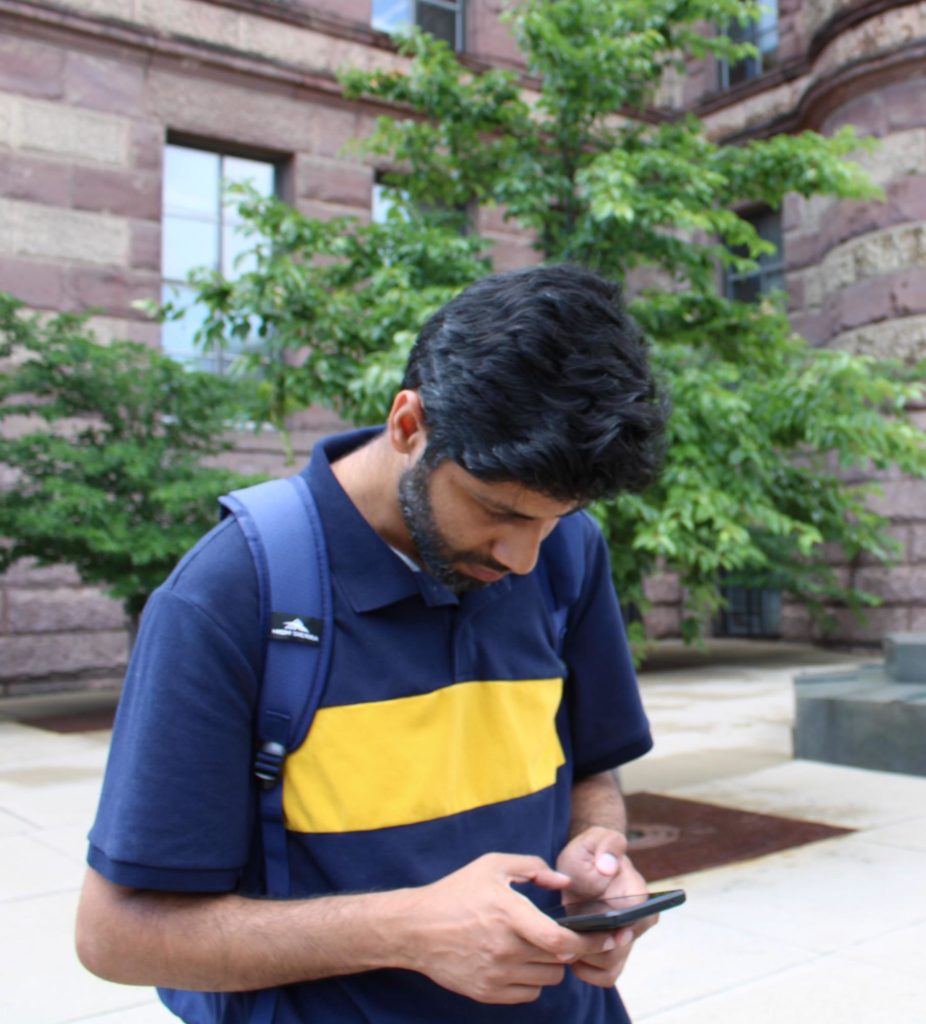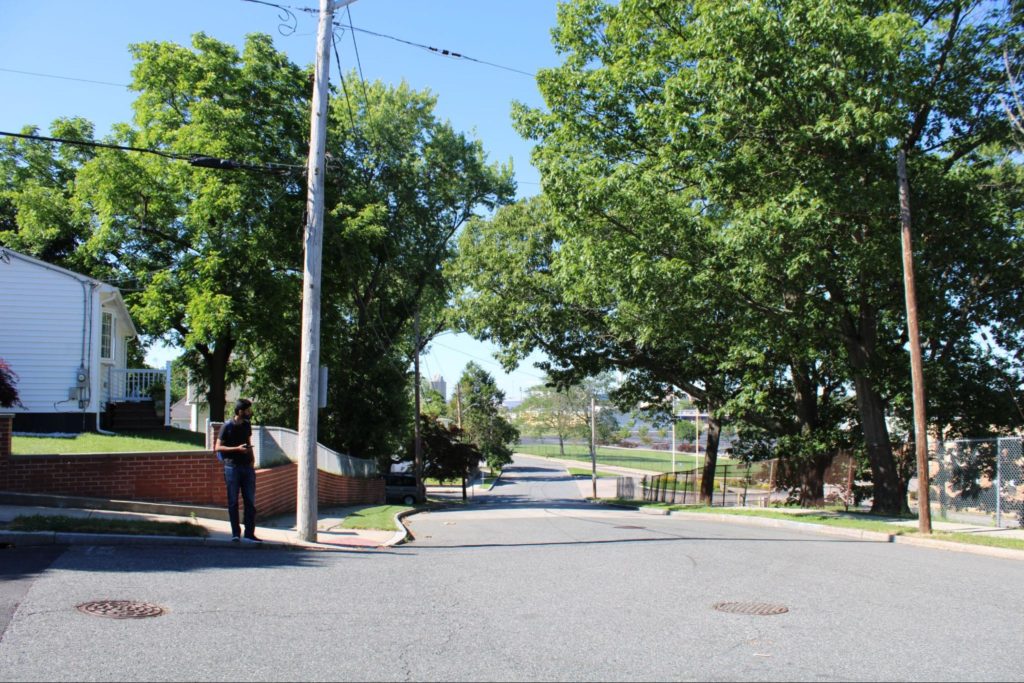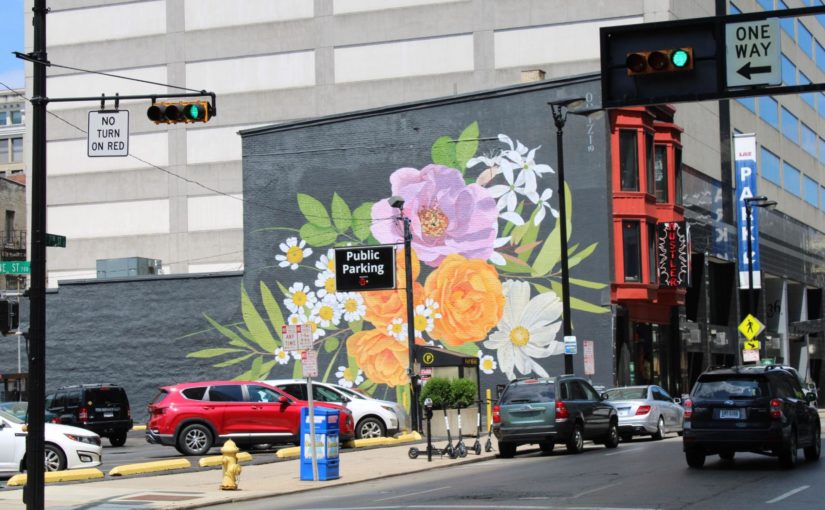by: Mohammad Farrae
Scientists all over the world are trying to create urgency in action in order to curb climate change. The recent report by IPCC does an amazing job of bringing consensus amongst scientists and governments globally regarding the current status of the issue. It has established very clearly that the challenges climate change brings are here today and they are much more challenging than previously envisioned. It is now a matter of taking action—collective action.
In our current class on climate change and environmental policy, taught by Professor Dan Miller, we are grappling with the challenge of how to communicate the realities of climate change to policy makers and the public. There seems to be no silver bullet. How do you communicate about climate change in a way that brings people together and drives action, regardless of where they stand or what their view on the matter is? This question I feel is key and I will continue to explore this during my time at Notre Dame.
During the summer our i-Lab team interviewed over 35 people, asking them questions about climate change, equity and racial justice. Our research also explored how the issue was being communicated on the ground. We asked city officials on how they are attempting to listen to the voices of the most affected communities. We also heard some of the frustrations of civil society about the process. Even though centering environmental policies around frontline and marginalized communities is key to meaningful change, most government officials are still struggling to engage the local community members effectively.

Neighborhood associations, NGOs, and activists have bridged this gap partially. My research partner, Eduardo Pages, and I were in a key informant interview with one such civil society representative from the city of Cincinnati. During our discussion, they mentioned how sometimes people think of polar bears when thinking about climate change, and that fails to create urgency. They feel that there is a need to connect the issue of climate change to “quality of life and income”.
For instance, the lack of trees and green space in certain parts of a city causes the urban heat island effect, where heat gets trapped by dense buildings and pavements. This directly impacts the quality of lives of folks that live or work in these areas. Organizations like Groundwork Ohio River Valley showed us how they have taken an alternative approach of connecting climate change to the present day. Engaging youth of marginalized communities via employing them to work on projects focused on making their neighborhoods greener, cleaner and more pleasant to live in helps in connecting “climate change” to today. The directly engaged folks not only benefit in terms of additional income via employment, but their lives improve as their neighbourhoods improve. This action-based engagement helps spread information about climate change in an effective manner, leading to meaningful change.

Efforts to curb climate change effects also face headwinds from people that deny it exists. Getting everyone on board, regardless of where they stand on the “believe-in-climate-change” spectrum is crucial to success in any kind of policy implementation. A consistent element that came out of our research was that “health” seemed to be a common uniter. The topic of health has the power to bridge the gap in our current polarized world. Questions around how our health is being affected helps connect climate change to today’s air, water and food quality.
For instance CO2 concentrations, global average temperature increases, and climate change might seem to be distant and unrelated to some individuals. However, other pollutants such as nitrogen and sulphur oxides or other particulate matter that degrade “air quality” have immediate adverse health effects and easily garner attention. These oxides usually come from the same polluting sources that also emit carbon dioxide, such as transportation, manufacturing and refining sectors etc. Focusing on reducing these chemical emissions and their impacts on people’s health today, can have the additional benefit of curbing carbon emissions. We saw in the city of Providence how some communities living near the port were affected by the poor air quality. Activists from these communities went door to door and asked questions like “does your child have asthma” eventually galvanizing the entire city to rethink its priorities.There needs to be more of a push to connect health to climate change and climate polluters to how they damage our health today!

Ultimately, how people get to work, how they stay cool in summers and warm in winters, how their environment affects their health is all climate change. Are there opportunities that can be explored that can improve the quality of people’s lives? Can these interventions simultaneously increase incomes, improve health and safety and lend a hand in curbing climate change? To me, those are questions worth exploring! By empowering the people most affected by climate change to share their opinions and engaging in effective communication policy makers can move quickly towards effective policy planning and implementation. There is a need to build consensus so everyone can unite behind such policies and collectively move towards a better future, urgently!
Top Photo: Mural in downtown Cincinnati by Detroit-based artist Louise “Ouizi” Jones.

